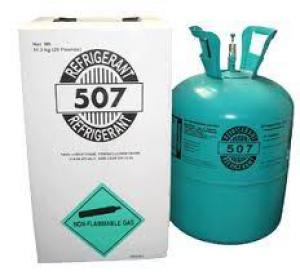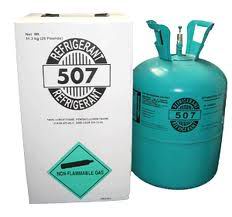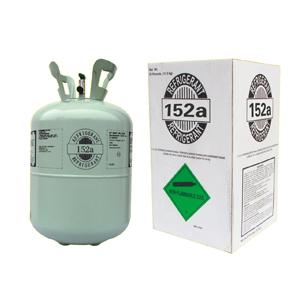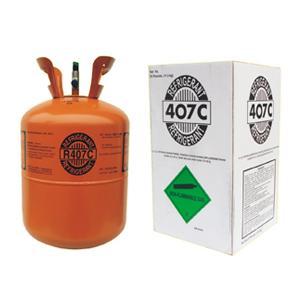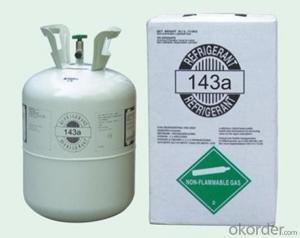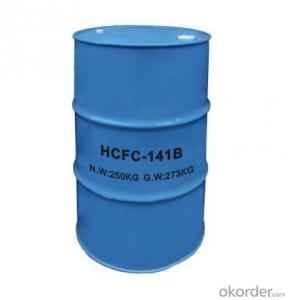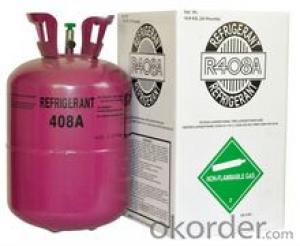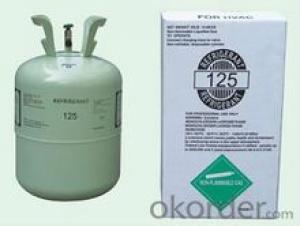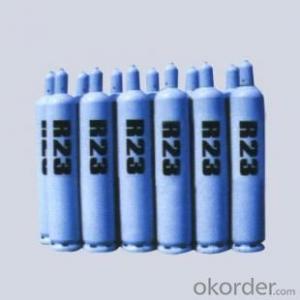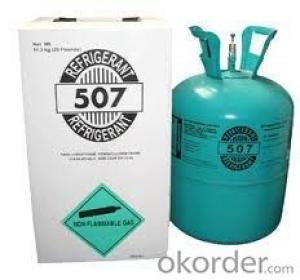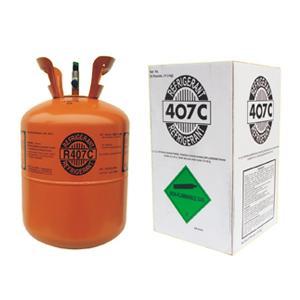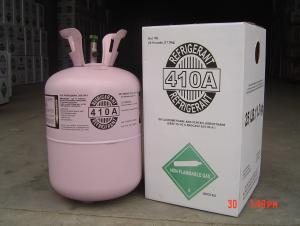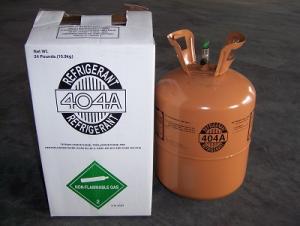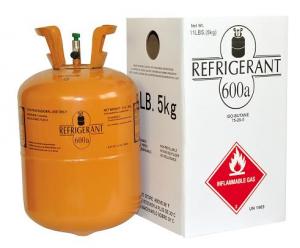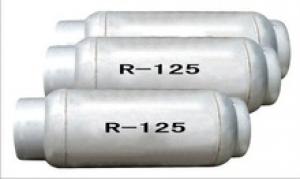Blend Refrigerant R507 Gas
- Loading Port:
- Ningbo
- Payment Terms:
- TT OR LC
- Min Order Qty:
- -
- Supply Capability:
- 1000MT m.t./month
OKorder Service Pledge
Quality Product, Order Online Tracking, Timely Delivery
OKorder Financial Service
Credit Rating, Credit Services, Credit Purchasing
You Might Also Like
| Property of chloride : |
| ||||||||||||||
| Packing: | Disposable cylinder 25lb/11.3kg; Recyclable cylinder 400L, 800L, 926L; ISO-Tank. | ||||||||||||||
| |||||||||||||||
| Quality standard : |
| ||||||||||||||
R-507 is the leading substitute for R-22 and R-502 in industrial refrigerant application
- Q: Why the silicon hydride less, a lot of hydrocarbons. (Why did not you find silicon-based creatures) and why are so many oxides of silicon, little carbon oxides?
- Silicon oxide than carbon, because the outermost layer of silicon has three levels ah, (SiO, SiO2, Si2O6) silicon less organic matter, the front also said that the organic instability of silicon
- Q: Are there two derivatives of equivalent hydrogen?
- You give the scope is too broad, at least to set in what kind of functional group range ah.
- Q: The role of aromatic hydrocarbons
- Two cases: First, the name of monocyclic aromatic hydrocarbons, usually benzene ring for the mother, alkyl as a substituent. Second, the structure is more complex aromatic hydrocarbons, usually based on the hydrocarbon base, benzene ring as a substituent. Xylene, 2-methyl-3-phenylpentane, diphenylmethane, etc. For the naming of multifunctional compounds, attention is given to the priority order of the functional groups. The priority is preceded by the parent, usually: cations, COOH SO2H, COOR, COCl, CONH2, CN, CHO, CO, OH, SH, NH2, alkynes, alkenes, ethers, X, NO2, etc. [2]
- Q: What are the inorganic compounds
- The precise organics are defined as: hydrocarbons and their derivatives. The derivative is the product of the hydrogen atom H being replaced by other radicals
- Q: What is the meaning of organic ah, organic food on the human body what practical benefits
- Chemical point of view, organic is organic matter, mainly by the carbon atoms and hydrocarbons derivatives.
- Q: What is the definition of organic matter
- Organic matter usually refers to carbon-containing compounds, or hydrocarbons and their derivatives are collectively referred to as organic compounds.
- Q: What is organic matter? Candle is organic?
- For example: CH4 C2H6O and so are organic matter
- Q: NH4HCO3 and so have C atoms ah, why still inorganic
- Organic definition is not all elements, if only look at carbon atoms, then graphite and carbon dioxide are also areas of organic matter, so this is not the case. In general, organic matter is defined as containing atomic elements, which can be combusted, low density, low melting point, strong volatility, poor solubility in water, etc., which are composed of carbon atoms and covalent bonds.
- Q: Rush! Hydrocarbon and hydrocarbon derivatives system information includes chemical formula, common name, Chinese name and so on
- The system is too difficult to summarize. Too much.
- Q: How the most primitive life on earth is produced under what conditions
- The most primitive creatures on earth are actually RNA, which is pulled earlier than any prokaryotic cells, and the eukaryotic cells are advanced, in short, the chemical reaction in the environment at that time.
Send your message to us
Blend Refrigerant R507 Gas
- Loading Port:
- Ningbo
- Payment Terms:
- TT OR LC
- Min Order Qty:
- -
- Supply Capability:
- 1000MT m.t./month
OKorder Service Pledge
Quality Product, Order Online Tracking, Timely Delivery
OKorder Financial Service
Credit Rating, Credit Services, Credit Purchasing
Similar products
Hot products
Hot Searches
